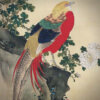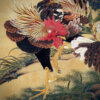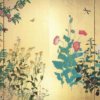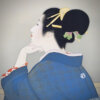Rimpa School’s 4 Great Masters
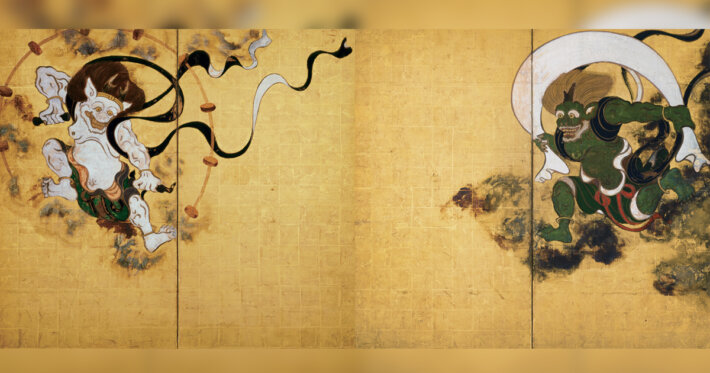
Rinpa refers to an artistic group that captivated the Edo period. This group was characterized by a distinctive ideology and produced works with a strong emphasis on design. At that time, Kyoto was flourishing with crafts and designs, including kimono patterns and maki-e (lacquerware with sprinkled gold or silver powder).

Rinpa developed by incorporating these design elements into the world of painting.
Before Rinpa, schools like the Kanō school focused on brush techniques. In contrast, Rinpa gained significant popularity by incorporating elements of design, stylization, and illustration.
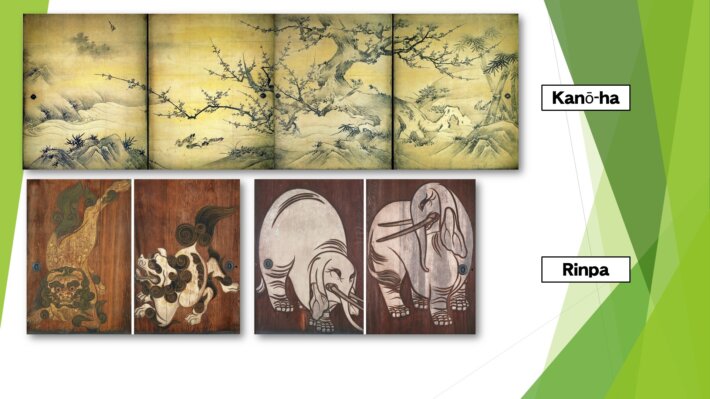
It was particularly well-received by the people of Kyoto and flourished as a result.
To understand Rinpa as a whole, it is essential to know about the four great masters who were active during the Edo period.
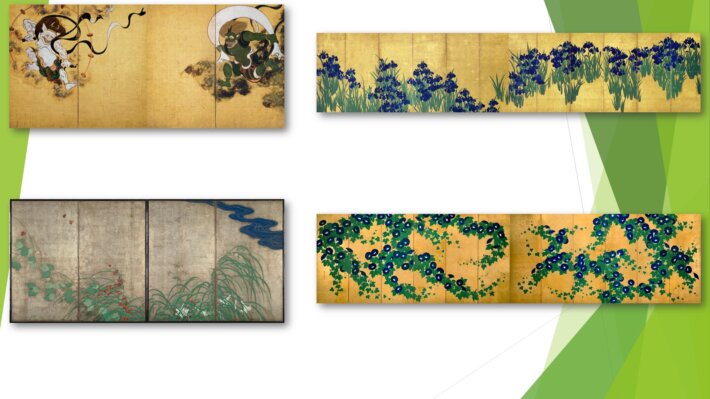
The first was Tawaraya Sōtatsu, known for his famous “Wind God and Thunder God Screens.”
Ogata Kōrin, who was influenced by Sōtatsu, is considered the second generation. Kōrin uniquely developed Sōtatsu’s style.
The third master was Sakai Hōitsu, who brought the Rinpa style to Edo. Hōitsu inherited Kōrin’s style and created his own distinct Edo Rinpa, which had a more subdued and refined aesthetic.
The fourth master was Suzuki Kiitsu, a direct disciple of Sakai Hōitsu, who further developed Rinpa with a more avant-garde approach.
Thus, Rinpa was passed down and developed by the four great masters: Tawaraya Sōtatsu, Ogata Kōrin, Sakai Hōitsu, and Suzuki Kiitsu. Notably, except for Suzuki Kiitsu, the other three did not have direct master-disciple relationships but rather admired and followed each other’s work, which is also a characteristic of Rinpa.

